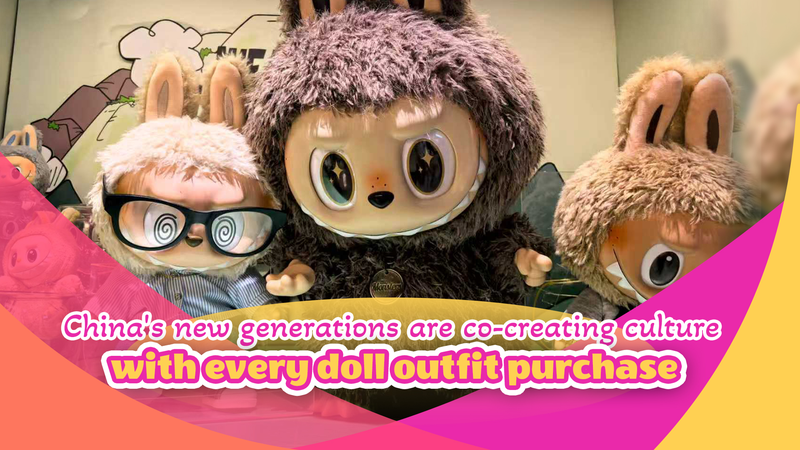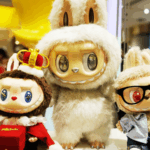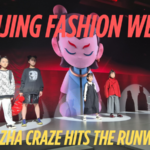As the global collectible toy market approaches its projected $52 billion valuation this year, China's doll clothing industry is emerging as a key player reshaping cultural and economic landscapes. The sector recorded explosive 117.08% year-on-year growth in 2024, with domestic manufacturers leveraging advanced production techniques to dominate this niche market.
Traditional apparel factories have successfully pivoted to doll-sized fashion through China's unique 'flexible supply chain' model. This system enables rapid prototyping and small-batch production runs – crucial capabilities for catering to collectors' evolving tastes. 'What began as children's toys has transformed into a cultural phenomenon,' observes Shanghai-based retail analyst Li Wei. 'Young adults now view doll customization as both artistic expression and social currency.'
The trend reflects broader shifts in China's consumer economy, where Generation Z buyers drive demand for personalized products. Domestic brands like MiniHanfu now compete with international labels, blending traditional Chinese motifs with contemporary designs. This cultural hybridity positions Chinese manufacturers to capture growing overseas demand as global interest in Asian pop culture intensifies.
Industry experts note the sector's growth aligns with China's push for high-value manufacturing. With advanced textile technologies and efficient logistics networks, companies can fulfill international orders within days – a competitive edge in the fast-paced collectibles market.
Reference(s):
China's new generations 'co-create culture' with doll outfit purchases
cgtn.com








